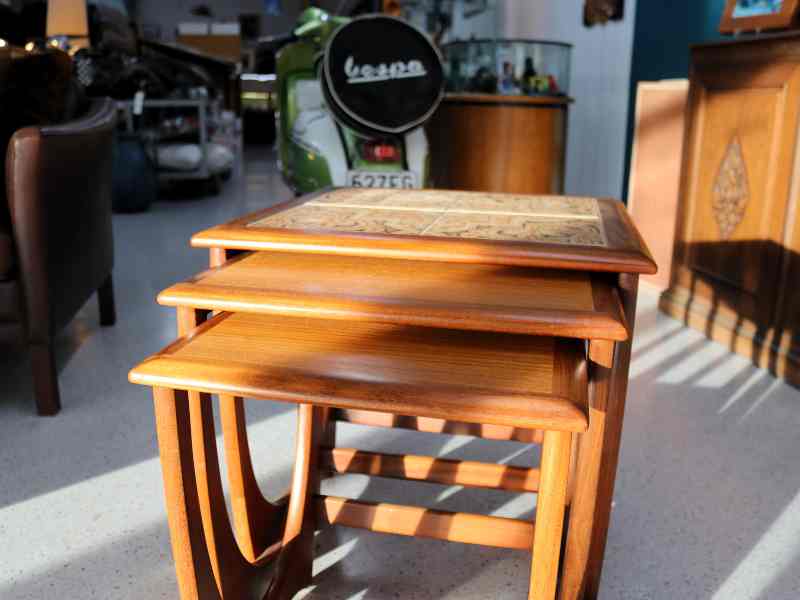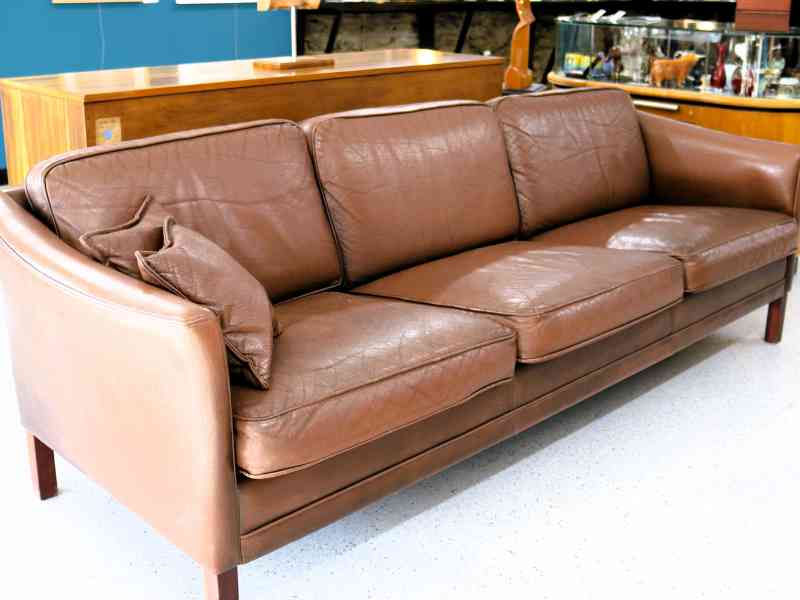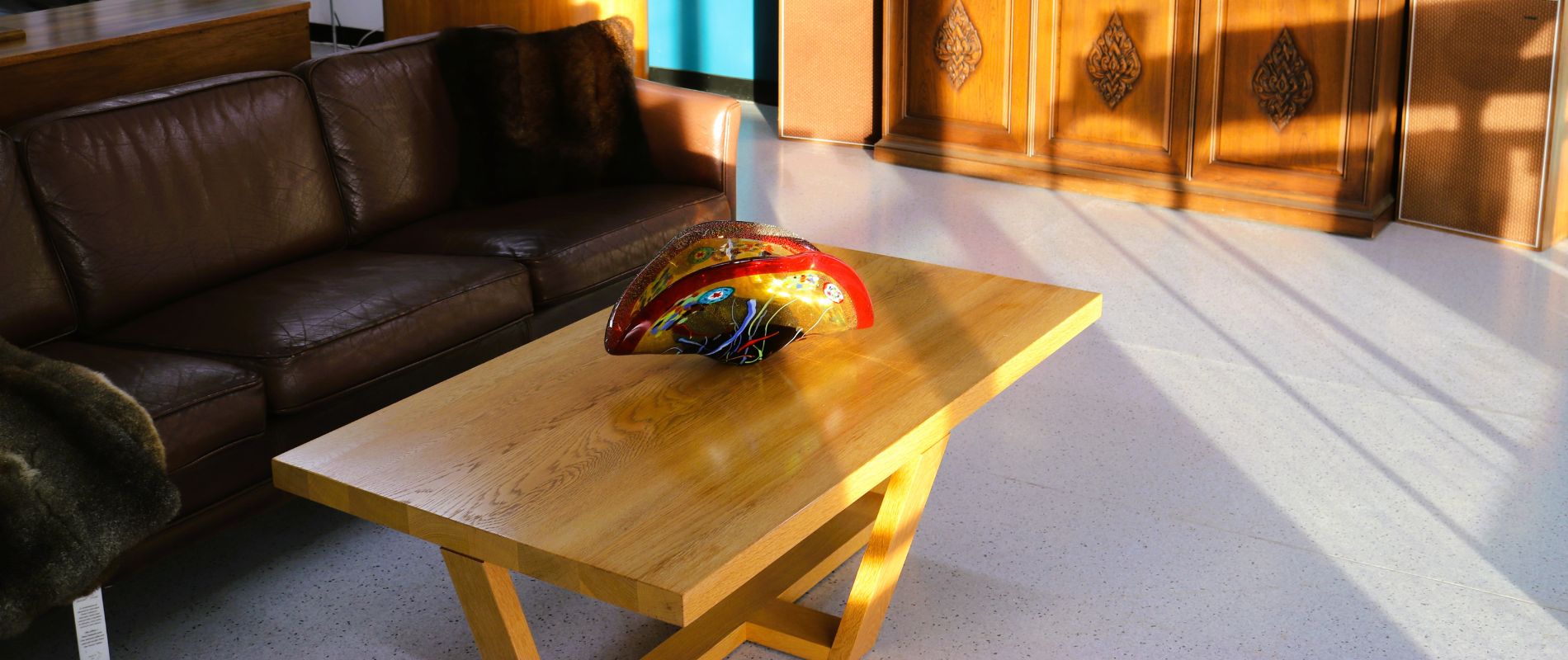Mid-Century Modern Design: Timeless Elegance in Your Home
The essentials of the mid-century modernist movement and some styling suggestions for including the sleek, elegant influences of modernist design into your living spaces.
What Constitutes Mid-Century Modern?
Clean, simple lines, elegant curves, and a minimalist approach to the appearance identify the main characteristics of mid-century modernist design. Integration with nature was a significant aspect of the design ethos. In architecture, big windows and plenty of natural light bring the outdoors in. In furniture design, the use of natural timbers, simple fabrics, and natural, earthy colours. All typically without any additional adornments or embellishments.
Early influencers such as the Bauhaus movement of the early 1900s and later Scandinavian designers began to increase in popularity during the post-war years from the 1940s.
This increase in popularity saw the design characteristics being adopted around the world, in the U.K., by the likes of E Gomme (later G-Plan) and McIntosh of Scotland, for example.
The movement also hit New Zealand, where designers and manufacturers such as Jon Jansen and Don Lorong produced furniture and decor items, leaning heavily toward the main design aspects of the mid-century modernist movement.

What Years Are Considered Mid-Century Modern?
The mid-century modernist era spans the years between the early 1940s and the late 1960s. Essentially, these were the post-war years when economies were starting to boom, and populations were experiencing significant growth.
Is 70s Considered Mid-Century Modern?
The basic design ethos of the mid-century modernist era is apparent in the minimalist design elements, the use of natural woods, natural fabrics such as leather, lots of glass, etc. Sleek, stylish elements of design where you almost look through a piece of furniture rather than at it. A significant change became more apparent in the early 1970s when the popular design experienced a significant change. The 1970s saw significant changes in manufacturing processes. This led to furniture having a more substantial, perhaps comfortable appearance.
The use of different materials, plush processed fabrics, vinyl, etc. A funky new look to match the arrival of the groovy disco era. This style is quite different from the minimalist look of the previous years and is not typically considered mid-century modern.
How to Make a House Look Mid-Century Modern?
The beauty of mid-century modernist design is the fact that it can blend perfectly into any interior. Whether vintage, classic or contemporary, the essentials of mid-century can be used to highlight any style of decor. The tip is to focus on adding items or pieces that you both love and that are authentic.
Select one or two pieces to furnish a room that are true mid-century, a long-line Teak sideboard by McIntosh of Scotland, or a Borge Mogensen leather sofa for example.
Then enhance the look with perhaps a couple of West German ceramic vases, some Bohemian glass pieces, or maybe a starburst clock on the wall.

Your furnishings don’t need to be completely mid-century, and you can easily include true vintage decor items or even your more modern or contemporary pieces. If you buy a select few authentic mid-century pieces you love, these items will stand out and create the look you desire.
Explore more about mid-century modern style and design

Mid-Century Modern Furniture
Mid-century modern furniture is instantly recognisable for its clean lines, simple forms, and balance between beauty and practicality.

mid-century glass
Lorem ipsum dolor sit amet, consectetur adipiscing elit. Ut elit tellus, luctus nec ullamcorper mattis, pulvinar dapibus leo.

Mid-century pottery
Lorem ipsum dolor sit amet, consectetur adipiscing elit. Ut elit tellus, luctus nec ullamcorper mattis, pulvinar dapibus leo.
